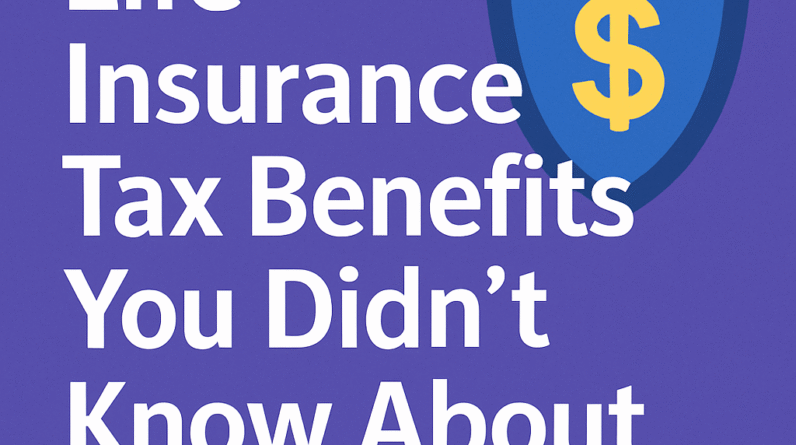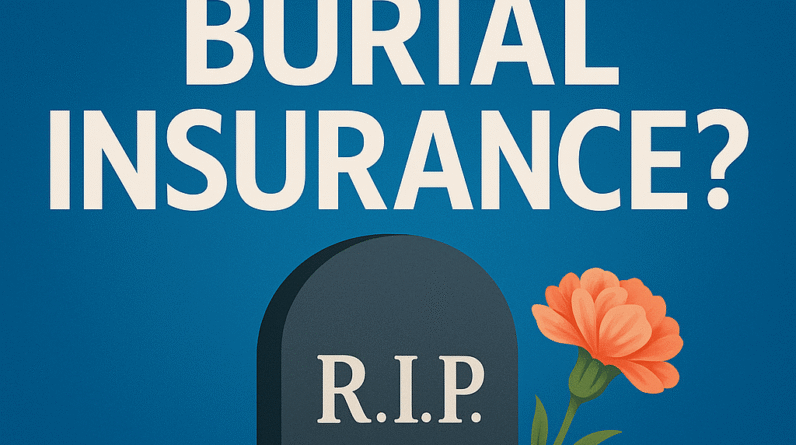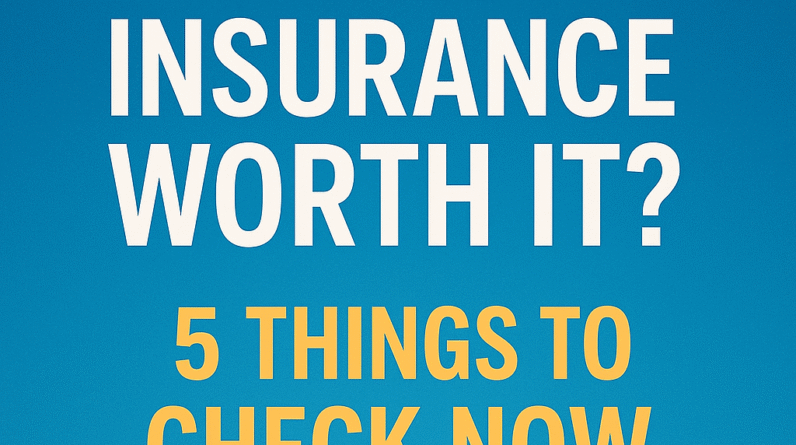Life insurance is a must-have financial tool, but that doesn’t mean you should overpay for it. In 2025, insurance providers are offering more ways than ever to help policyholders cut costs without sacrificing coverage. Here are the smartest ways to save on life insurance premiums this year.
1. Compare Quotes from Multiple Providers
Never settle for the first quote you receive. Different insurers offer different rates based on their underwriting guidelines. Comparing multiple providers allows you to find the best rate for your specific health, age, and coverage needs.
Pro tip: Use reputable comparison sites or work with an independent insurance broker. They can present multiple options and find hidden deals you may miss on your own.
2. Choose Term Life Over Whole Life (If It Fits Your Needs)
Whole life insurance provides lifelong coverage and cash value but comes with high premiums. Term life insurance, on the other hand, offers affordable coverage for a specific period.
Why it saves money: Term life is typically 5 to 10 times cheaper than whole life insurance for the same death benefit. If you only need protection for 10–30 years, term life is the smart, budget-friendly choice.
3. Buy Life Insurance When You’re Young and Healthy
Age and health are the biggest factors that affect your premium. The younger and healthier you are, the lower your rates. Waiting until later in life or after a medical diagnosis can result in significantly higher premiums.
Tip: Lock in low rates early, even if you don’t think you need a large policy now. Many insurers let you convert term policies to permanent ones later.
4. Maintain a Healthy Lifestyle
Your health directly impacts your life insurance costs. Smokers, people with high cholesterol, or those with chronic conditions often pay more.
How to save: Quit smoking, lose weight, and manage conditions like hypertension or diabetes. Even modest improvements in health can help you qualify for lower premium classes.
5. Consider a Medical Exam Policy (If You’re in Good Health)
Some no-exam policies sound convenient, but they often come with higher premiums. If you’re in good health, taking a medical exam could help you unlock lower rates by proving your insurability.
Why it works: Insurance companies reward low-risk applicants. A clean bill of health during the exam usually equals cheaper coverage.
6. Adjust Your Coverage Amount and Term Length
More coverage equals higher premiums. Make sure you’re not over-insured by evaluating your actual needs. Consider how much your family would need to cover debts, education, and daily expenses.
Cost-saving idea: Instead of a 30-year policy, go for a 20-year one if your financial obligations will reduce in that time. Shorter terms cost less.
7. Bundle Insurance Policies
Many insurers offer discounts when you bundle life insurance with other products like home or auto insurance. It’s a simple and effective way to reduce overall costs.
Ask your provider: Inquire about multi-policy discounts. Even a 5–10% reduction can add up over the life of your policy.
8. Pay Premiums Annually Instead of Monthly
Monthly premium payments often include extra fees. By paying annually, semi-annually, or quarterly, you may save on processing costs.
Pro tip: Ask your insurer about the payment schedule that offers the biggest discount. Annual payments usually have the lowest total cost.
9. Reassess Your Policy Every Few Years
Your needs change over time. Kids grow up, mortgages shrink, and savings grow. If your coverage is higher than necessary, you might be overpaying.
How to save: Review your policy every 2–3 years. Reduce your coverage if your financial responsibilities decrease, or consider switching to a cheaper provider.
10. Work with an Independent Agent
Captive agents represent one company. Independent agents can shop around across multiple insurers to find you the best rate.
Benefit: You’re not tied to one company’s rates. Independent agents work in your favor and often find better deals.






